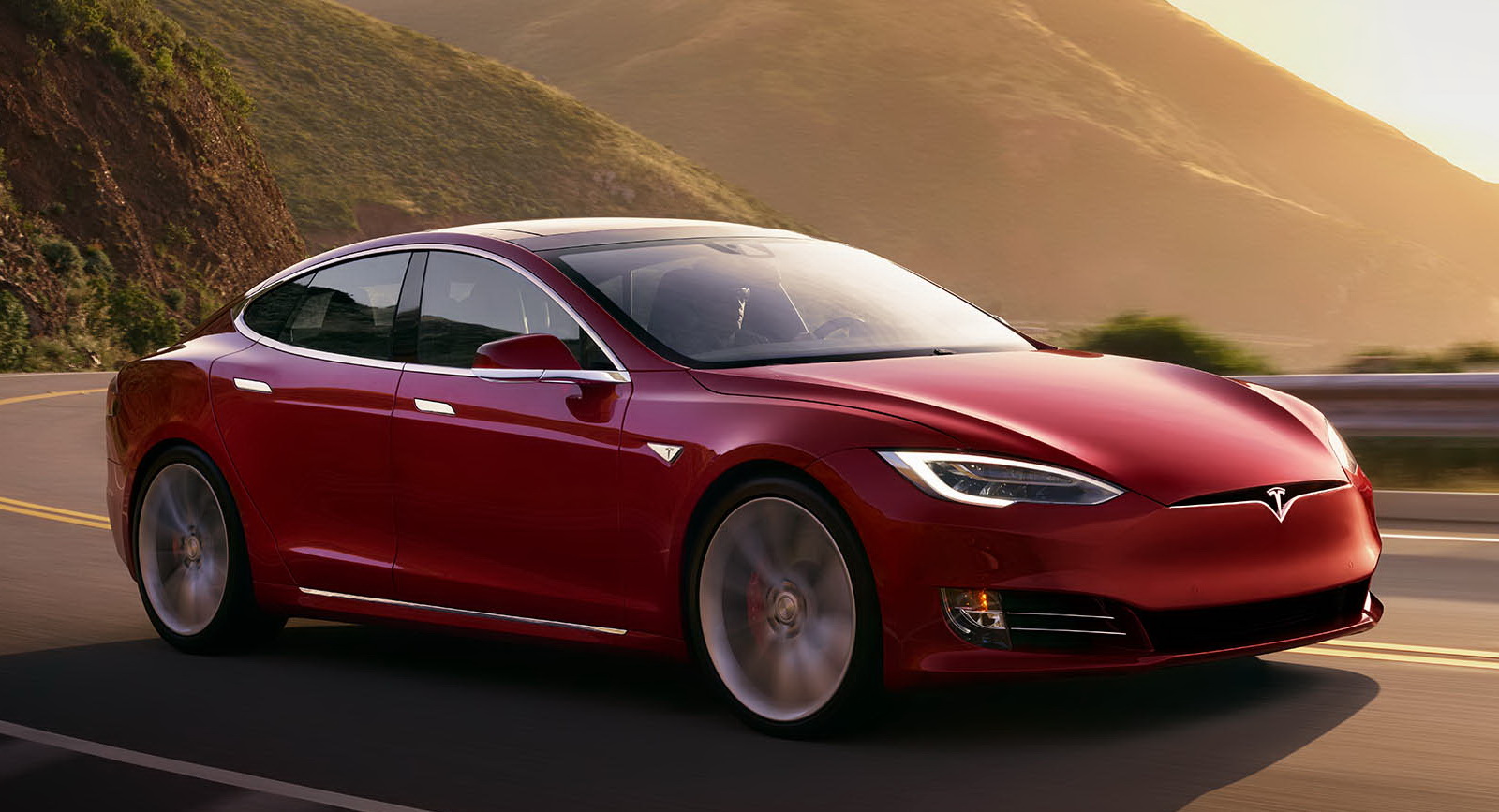Tesla is recalling nearly 500,000 of its electric cars because of a problem with the trunk that increases the risk of a crash, according to the US auto safety regulator.
Tesla made two separate recalls to address an issue that could disable the backup camera or cause the trunk hood to open unexpectedly. Tesla will notify the owner and fix the problem for free.
Tesla reported the matter to US regulators on December 21, then US traffic safety regulator NHTSA acknowledged the problem on Wednesday.
The recall of more than 355,000 Model 3s related to repeated opening of the trunk lid could damage the rear camera cable, and the Model S related to the front hood lever.
“Unavailability of a rear view camera may affect the driver’s rear view of the car thereby increasing the risk of a collision,” according to the NHTSA safety recall report.
Tesla estimates that only 1 percent of the Model 3 vehicles recalled contain problems, and the company is not aware of any accidents or injuries, NHTSA said.
Another recall involved nearly 120,000 Model S vehicles due to problems with the lever and latch assembly for the front trunk hood. An estimated 14 percent of towed vehicles have a problem.
“If the main latch is accidentally disengaged and the secondary latch is not attached, the front hood may open without warning and obstruct the driver’s view, increasing the risk of an accident,” said NHTSA.
Tesla has no information about any accidents or injuries due to this issue, the report said.
Tesla is expected to send a letter to owners on February 18 and will fix the issue.

